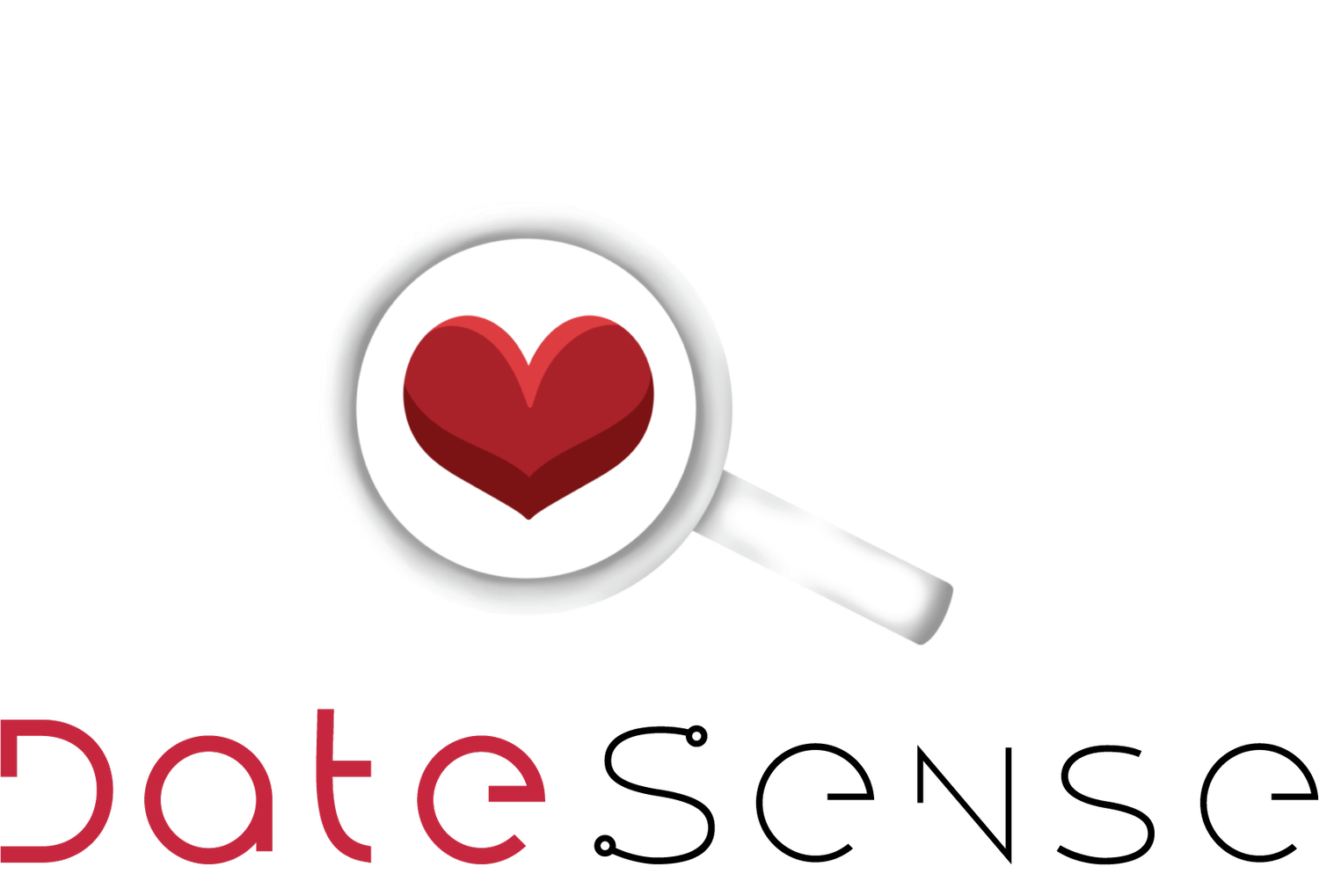Love and Luggage: How Childhood Baggage Shapes Your Relationships
Darling, we all carry a little luggage into our love lives, but not all of it is Louis Vuitton. Childhood experiences often pack the bags we bring to relationships, influencing how we connect, communicate, and cope. Sometimes, this baggage weighs us down with insecurities, fears, or unhealthy patterns—but recognizing it is the first step to healing and thriving.
Whether you’re swiping in NYC, brunching in DC, or navigating the vibrant dating scene in Miami, understanding how childhood trauma affects your love life is key to building healthier relationships. Let’s unpack that baggage and set you on the path to clarity and connection.
How Childhood Trauma Influences Relationships
1️⃣ Attachment Styles Are Formed Early
How you bonded (or didn’t bond) with caregivers as a child plays a massive role in your approach to adult relationships.
💬 The Common Styles:
Anxious Attachment: Fear of abandonment, craving constant reassurance.
Avoidant Attachment: Difficulty trusting others, emotional distance.
Secure Attachment: Confidence in relationships, balanced emotional needs.
✨ Why It Matters:
Childhood experiences set the stage for how you handle intimacy, conflict, and trust.
2️⃣ Unhealed Wounds Lead to Patterns
Trauma creates coping mechanisms, but they don’t always serve us well in love.
💬 What It Looks Like:
Fear of vulnerability due to past hurt.
Choosing partners who mirror unhealthy dynamics from childhood.
Struggling to set boundaries or trust.
✨ In fast-paced cities like NYC or LA: These patterns can go unnoticed in the whirlwind of dating until they resurface in moments of conflict.
3️⃣ Emotional Triggers Run Deep
Childhood trauma often leaves emotional landmines that partners may unknowingly step on.
💬 Examples:
A partner’s silence triggers fears of rejection.
Disagreements feel like personal attacks instead of opportunities to grow.
✨ Pro Tip: Recognizing triggers can help you respond thoughtfully rather than react emotionally.
How to Heal and Build Healthier Relationships
1️⃣ Recognize the Patterns
The first step to change is awareness. Reflect on your relationship history—what themes keep repeating?
💬 What to Ask Yourself:
“Am I drawn to emotionally unavailable partners?”
“Do I seek constant validation in relationships?”
2️⃣ Invest in Self-Healing
Healing is a journey, not a destination. Therapy, self-help books, and mindfulness practices can help you process and release the past.
💬 Ideas for Self-Healing:
Journaling about your childhood experiences and how they impact your love life.
Seeking therapy to explore unresolved trauma.
Practicing self-compassion and celebrating small wins.
✨ Subtle Hint: Tools that offer clarity into relationship dynamics, like patterns in behavior or alignment with your values, can be invaluable.
3️⃣ Communicate Your Needs
A healthy relationship thrives on transparency. Let your partner know what you need to feel safe and valued.
💬 What to Say:
“I sometimes struggle with trust because of past experiences. Here’s how you can support me.”
“I value open communication and want to work on this together.”
4️⃣ Trust Actions, Not Just Words
Look for consistency between what someone says and does. Trust is built over time and through action.
✨ Why It’s Key:
It helps you differentiate between genuine partners and those who mirror unhealthy patterns.
5️⃣ Use Subtle Tools to Gain Clarity
Sometimes, a little insight can help you navigate new connections with confidence.
💬 What to Look For:
Patterns in their behavior that align (or misalign) with your values.
Consistency in how they show up for you.
✨ Hint: Tools like behavioral insights can help you understand someone’s intentions without jumping to conclusions.
The Bottom Line: Unpack the Bags
Childhood trauma doesn’t define you, but it can shape your approach to love. By recognizing patterns, healing old wounds, and building trust in your relationships, you can break free from unhealthy cycles and create a connection that feels secure, uplifting, and real.
Because, darling, the most important relationship you’ll ever have is the one with yourself. When you prioritize your own healing, you make space for love that lifts you higher.
“
For tools to navigate love and relationships with clarity, visit DateSense.tech. XOXO, Date Sense.
